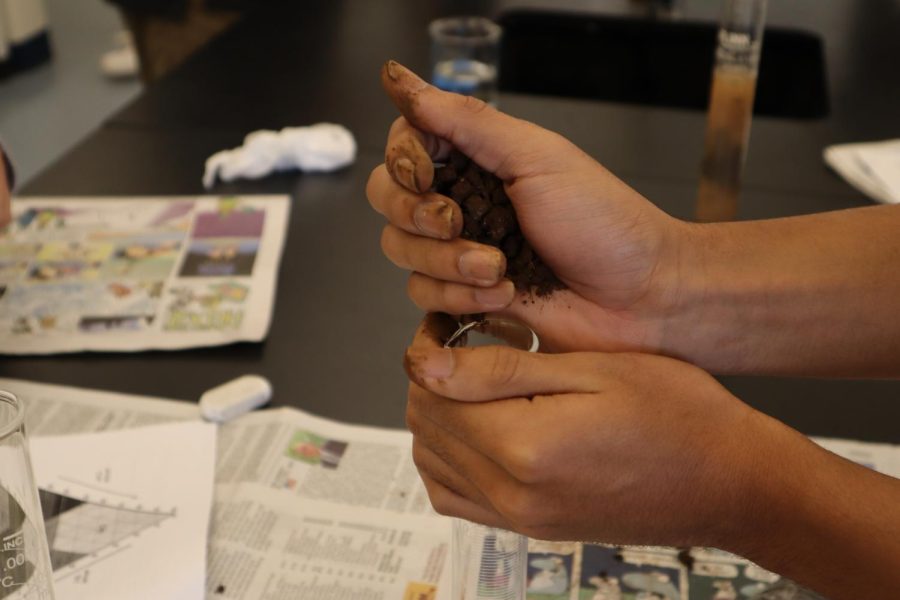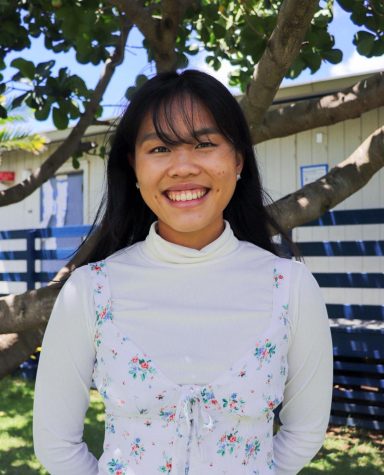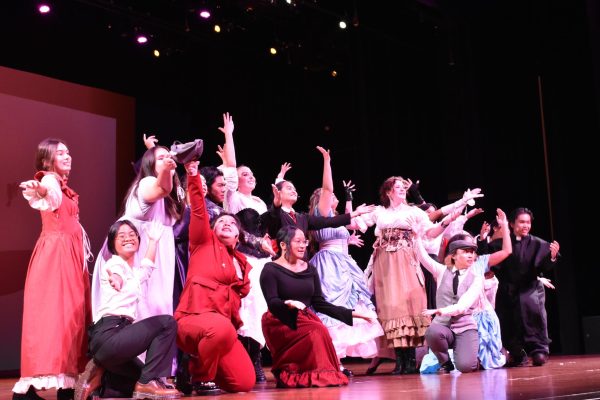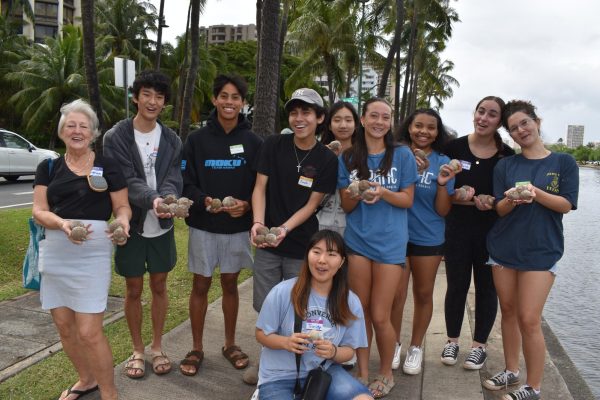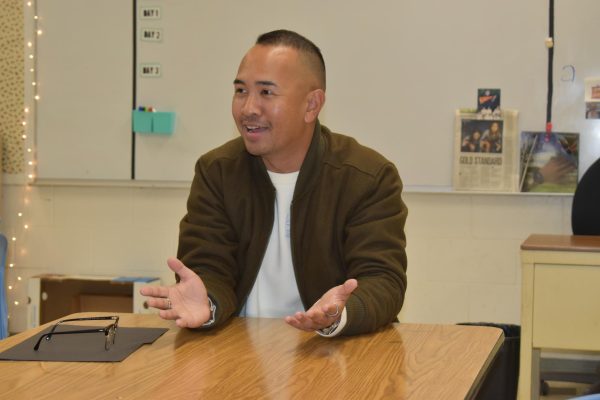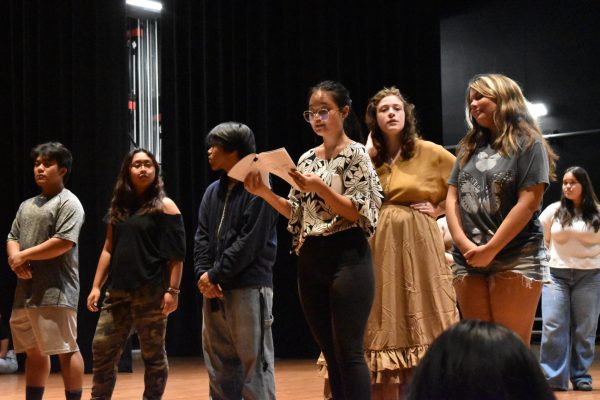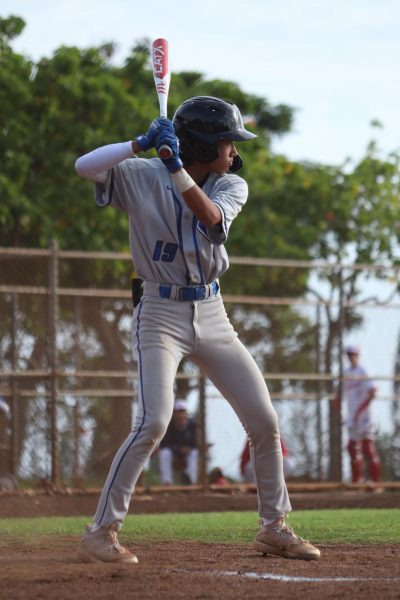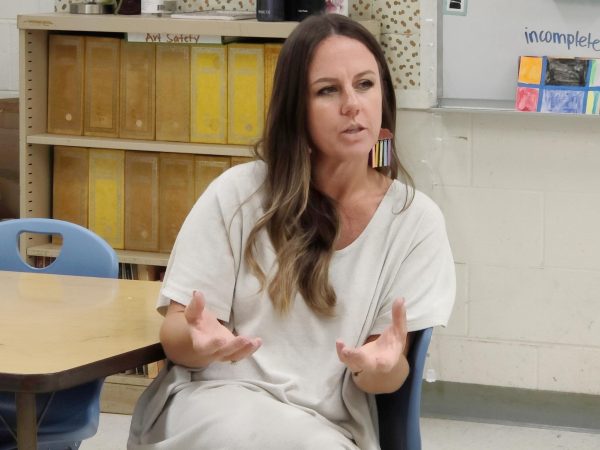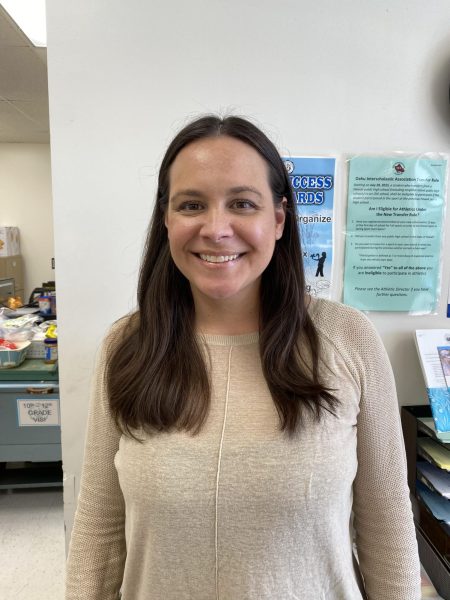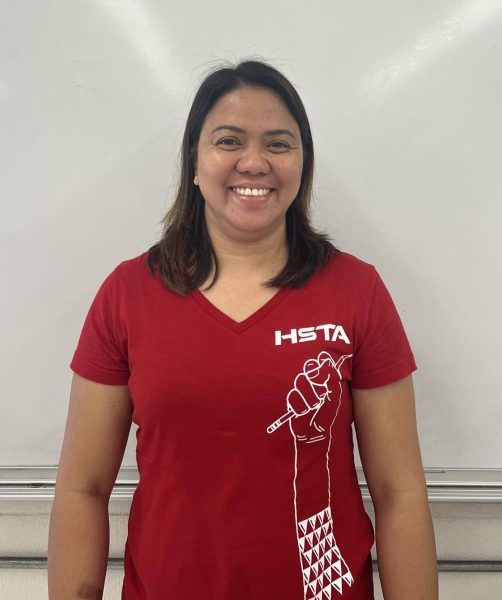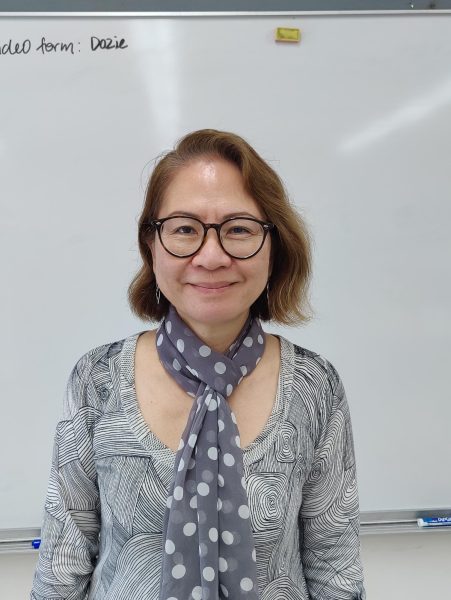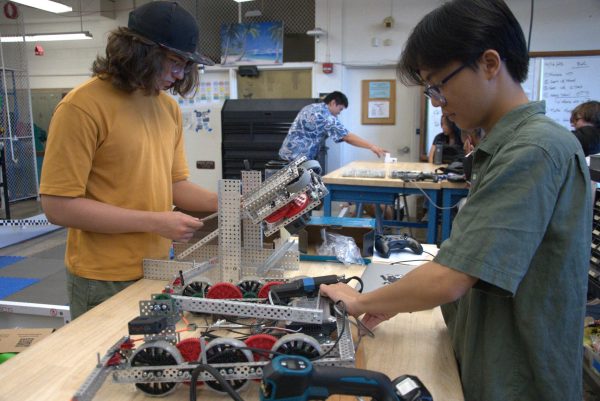AP environmental students dig deeper into soil
February 25, 2022
Soil is all over the island. It is underneath our shoes, in our backyard and in the neighborhood parks. It is the source of life. It grows the food that we eat and sustains us. However, there is more than what meets the eye of soil.
Sandra Nakagawa-Saito’s Advanced Placement Environmental Science (APES) course explored the composition of soil around the island in a soil lab done by her students. Soil in Kapolei, Waianae, Kaimuki and among many other locations were analyzed. Students determined permeability levels, texture and composition. Although the results may not be completely accurate, it is still important to understand the significance of soil.
“Something that I found interesting about this lab was that we got to analyze and feel the soil, which is something we don’t really do or think about often,” senior Khloe Ringer said.
Permeability level is how much water soil can hold. Texture is what the soil feels like when it is moisten with water. Composition is the percentage of sand, silt, and clay. Soil with a high clay composition feels smooth while soil with lots of sand feels gritty. The combination of all three helps with the analyzing of soil.
According to APES period 5, the results relieved that different areas around the island have different soil compositions. Kapolei is recorded to have 40% sand, 44% silt and 16% clay, a medium loam texture and low permeability. Waianae is recorded to have 88% sand, 12% silt and 0% clay, a loamy sand texture and low permeability. Kaimuki is recorded to have 57% sand, 11% silt and 32% clay, a silty clay texture with low permeability.
The purpose of the lab was for students to appreciate soil and understand the difference between soil and dirt. We often take soil for granted. However, it is the beginning of life. It allows society to thrive and gather resources needed to sustain us.

